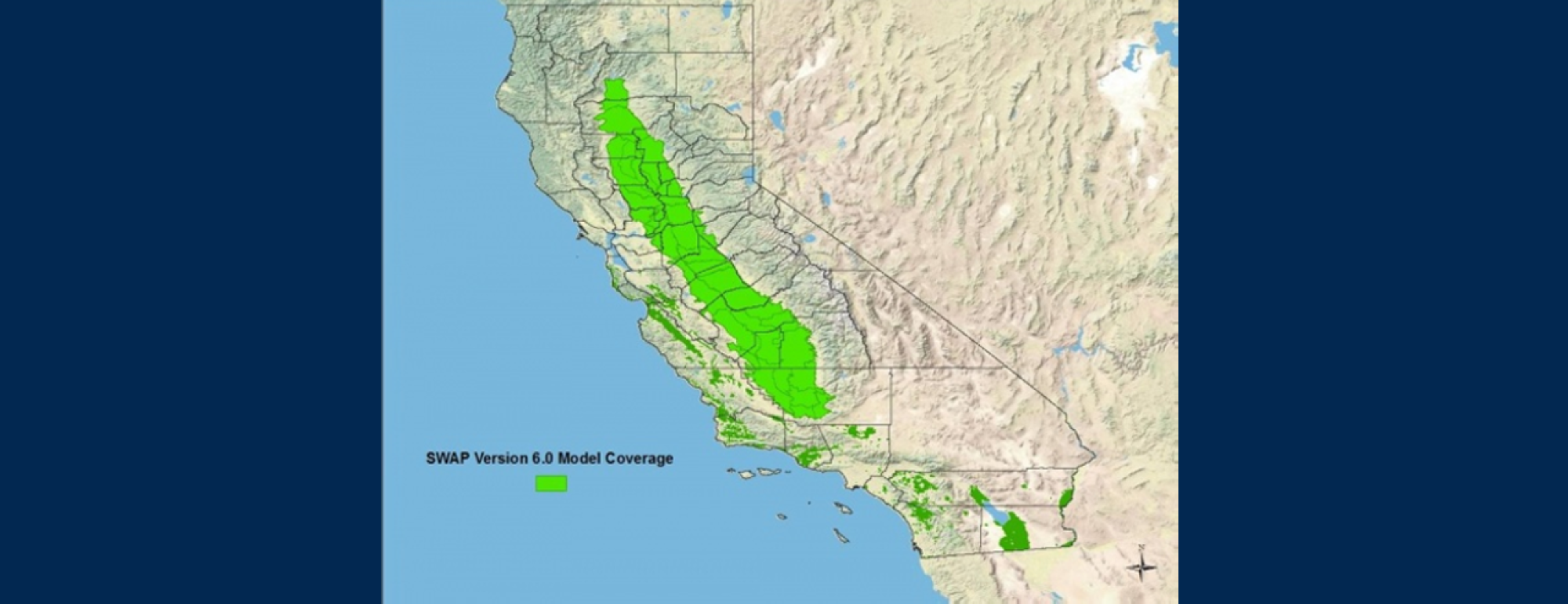Collaborators
Josué Medellín-Azuara (Project Contact)
Jay R. Lund (Project Contact)
Richard Howitt
Project Description
The Statewide Agricultural Production (SWAP) model is a multi-region, multi-input and output economic optimization model of the agricultural economy in California. The current model version covers over 93 percent of irrigated production in the state with primary regions in the Central Valley, Southern California, and the Central Coast. The model is currently used for policy analysis and planning by consultants and state and federal agencies. Some of the key features of the SWAP model include:
- Self-calibrates using Positive Mathematical Programming (PMP)
- Constant Elasticity of Substitution (CES) regional production functions
- Exponential PMP cost functions
- Groundwater pumping cost module including change in depth and electricity costs
- Regional input constraints
- Water broken out into 6 sources
- Endogenous crop prices
- Technological change and exogenous demand shift modules
- 31 agricultural production regions based on homogenous hydrologic and agronomic conditions
- Linkage to hydrologic, agronomic, and engineering models
The SWAP model is a fully calibrated optimization model which is well-suited to estimate spatially heterogenous commodity, resource, and input specific policies. Projects span a wide range of applications over many years. Some recent examples include:
- Costs of Central Valley salinity
- Effects of Delta export restrictions
- Nitrate externalities in the Salinas Valley
- New CVP surface water storage feasibility analysis
- South-of-Delta water markets
- Yolo Bypass flood date and flow volume agricultural impact analysis
- Climate change effects on California agriculture
Program
Project Status
Completed

